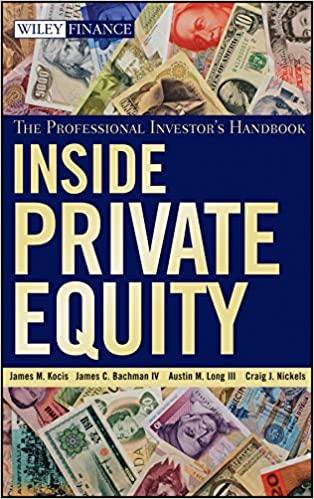True: The cost of retained earnings and the cost of new common stock are calculated in the same manner, except that the cost of retained earnings is based on the firm's existing common equity, while the cost of new common stock is based on the value of the Prm's share price net of its flotation cost. False: Flotation costs need to be taken into account when calculating the cost of issuing new common stock, but they do not need to be taken into account when raising capital from retained earnings Alpha Moose Transporters is considering Investing in a one-year project that requires an initial Investment of $500,000. To do so, it will have to issue new common stock and will incur a flotation cost of 2.00%. At the end of the year, the project is expected to produce a cash inflow of $595,000. The rate of return that Alpha Moose expects to earn on its project (net of its flotation costs) is (rounded to two decimal places) Sunny Day Manufacturing Company has a current stock price of $22.35 per share, and is 15.00% pay a per-share dividend of $1.36 at the end of the year. The company's earnings and dividends' growth rate are expected to grow at the 13.34% bte of 5.20% into the foreseeable future. 11 Sunny Day expects to incur notation costs of 5.00% of the value of its newly-raised equity In the flotation-adjusted (net) cost of its new 14.1796 common stock (rounded to two decimal places) should be 16.67% Alpha Moose Transporters Co.'s addition to earnings for this year is expected to be $420,000. Tos target capital structure consists of 40% debt, 5% preferred, and 55% equity. Determine Alpha Moose Transporters's retained earnings breakpoint: $763,636 O $801,818 $954,545 $878,181 True: The cost of retained earnings and the cost of new common stock are calculated in the same manner, except that the cost of retained earnings is based on the firm's existing common equity, while the cost of new common stock is based on the value of the firm's share price net of its rotation cost. False: Fiotation costs need to be taken into account when calculating the cost of using new common stock, but they do not need to be taken into account when raising capital from retained earnings, Alpha Moose Transporters is considering investing in a one-year project that requires an initial investment of $500,000. To do so, it will have to lose new common stock and will incur a rotation cost of 2.00%. At the end of the year, the project is expected to produce a cash inflow of $595,000. The rate of return that Alpha Moose expects to earn on its project (net of its flotation costs) is (rounded to two decimal places), Sunny Day Manufacturing Company has a current stock price of $22.35 per share, and is expected to pay a per-share dividend of $1.36 at the end of the year. The company's earnings and dividends' growth rate are expected to grow at the constant rate of 5.20% into the foreseeable future. 18 Sunny Day expects to incur flotation costs of 5.00% of the value of its newly-raised equity funds, then the flotation-adjusted (net) cost of its new common stock (rounded to two decimal places) should be 9.29% Alpha Moose Transporters Co.'s addition to earnings for th prpected to be $420,000. Its target capital structure consists of 40% debt, 5% preferred, and 55% equity. Determine Alpha Moose Trans 11.29% tained earnings breakpoint: 11.61% $763,636 9.87% $801,818 $954,545 O $878,181








